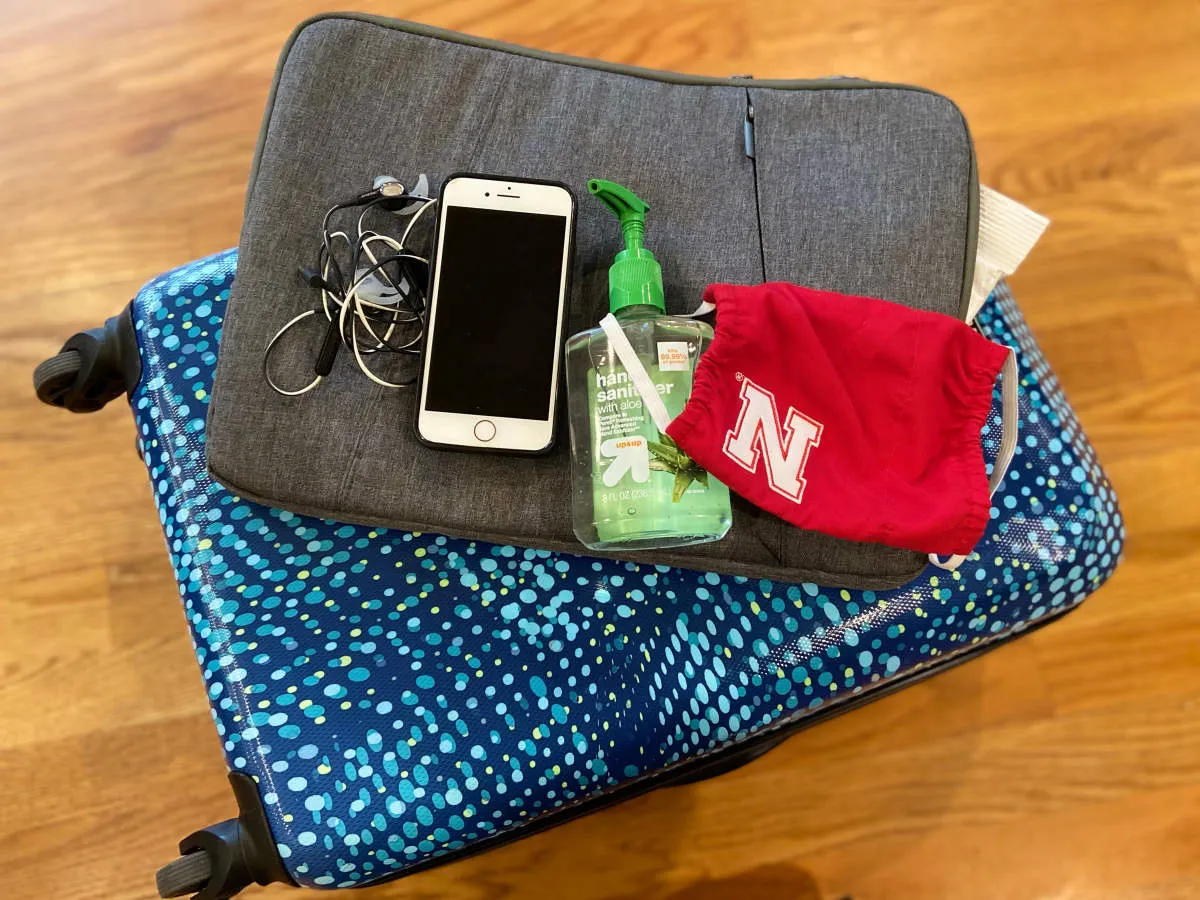Traveling Safely During a Pandemic: Essential Tips explores practical advice for navigating the new normal of travel, covering crucial safety measures and guidelines to protect yourself and others while on the go.
Understanding Travel Restrictions
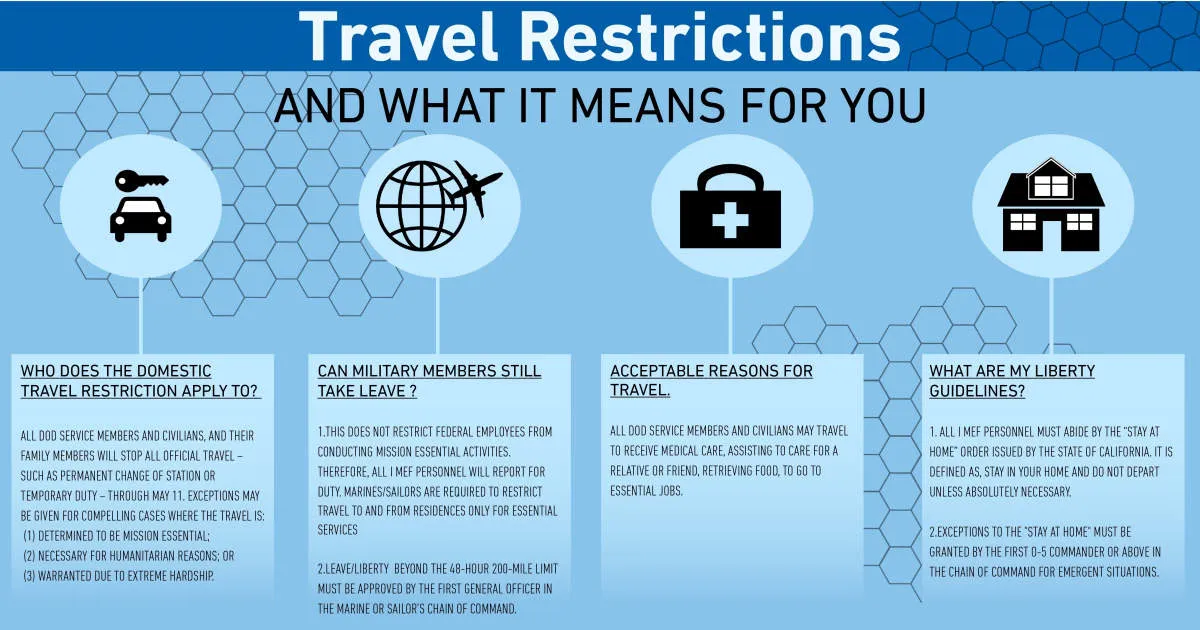
Traveling during a pandemic requires careful consideration of various factors, with travel restrictions being paramount. These restrictions, implemented by governments worldwide, aim to curb the spread of the virus and protect public health. Understanding and staying updated on these restrictions is crucial for a safe and smooth travel experience.
Types of Travel Restrictions: Travel restrictions can vary significantly depending on the destination and the evolving nature of the pandemic. Some common restrictions include:
- Border closures: Some countries or regions may completely close their borders to all or specific travelers.
- Quarantine requirements: Many destinations mandate a period of quarantine upon arrival, ranging from a few days to two weeks. This applies to travelers from specific countries or all arrivals.
- Testing protocols: Pre-departure and/or on-arrival COVID-19 tests are frequently required, often with specific timing requirements and accepted test types.
- Health declarations and contact tracing: Travelers may need to complete health declaration forms and provide contact information for tracing purposes.
- Vaccination requirements: Proof of vaccination against COVID-19 is becoming increasingly common for entry into many countries.
Staying Informed: Travel restrictions can change rapidly. It’s crucial to stay updated through official sources such as:
- Government websites: Check the websites of your home country’s foreign affairs department and the embassy websites of your destination country.
- Airline and travel provider websites: Airlines and travel providers often have up-to-date information on restrictions for specific routes and destinations.
- International organizations: The World Health Organization (WHO) and other international bodies provide valuable information on global travel and health advisories.
Choosing Safe Destinations

Picking the right destination can significantly impact your safety while traveling during a pandemic. Consider these factors when making your decision:
COVID-19 Case Numbers and Trends:
Research the destination’s current COVID-19 situation. Look for areas with:
- Low infection rates
- Decreasing or stable case numbers
- Robust testing and contact tracing programs
Websites of international health organizations like the World Health Organization (WHO) and national health agencies can provide up-to-date data.
Local Safety Measures:
Prioritize destinations with strong safety protocols in place. This includes:
- Mask mandates in public spaces
- Social distancing guidelines and enforcement
- Capacity restrictions in businesses and attractions
- Readily available hand sanitizing stations
Vaccination and Testing Requirements:
Be aware of entry requirements. Many countries and regions have specific regulations for travelers, such as:
- Proof of vaccination
- Negative COVID-19 test results
- Quarantine periods upon arrival
Check the latest travel advisories from your home country and the destination’s official government websites for the most current information.
Healthcare Infrastructure:
In the unfortunate event that you or someone in your travel group becomes ill, it’s crucial to be in a location with adequate healthcare facilities. Research the availability of hospitals and clinics at your destination.
Travel Insurance Coverage:
Ensure your travel insurance policy covers COVID-19 related incidents, such as medical expenses, trip cancellations, and interruptions due to the pandemic.
Health and Safety Precautions
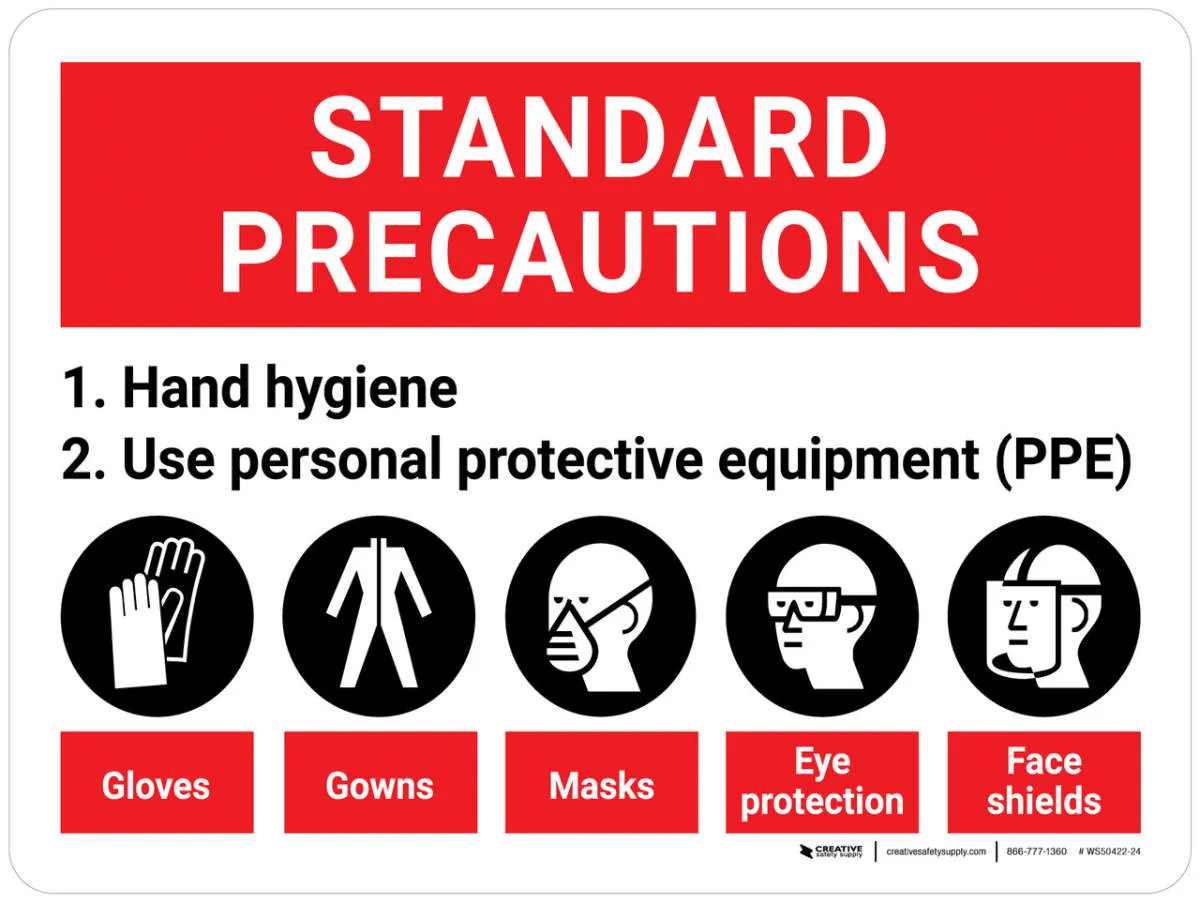
While exciting, traveling during a pandemic requires heightened awareness and proactive measures to ensure your safety and the well-being of others. Here are crucial health and safety precautions to keep in mind:
Vaccination and Testing:
- Get fully vaccinated and boosted against COVID-19. Vaccination significantly reduces the risk of severe illness, hospitalization, and death.
- Research and adhere to the testing requirements of your destination and transportation providers. Some may require a negative PCR test within a specific timeframe before travel.
- Carry digital or printed copies of your vaccination records and any required test results for easy access.
Masks and Personal Hygiene:
- Pack enough masks for your entire trip, including spares. Choose high-quality masks, such as N95 or KN95, for optimal protection, especially in crowded or poorly ventilated areas.
- Wear your mask correctly, covering your nose and mouth, at all times when required, such as on public transportation, in airports and train stations, and indoor public spaces.
- Practice frequent and thorough hand hygiene. Wash your hands with soap and water for at least 20 seconds, especially after being in public or touching surfaces frequently touched by others.
- Carry and use hand sanitizer with at least 60% alcohol when soap and water are not readily available.
- Avoid touching your face, especially your eyes, nose, and mouth, with unwashed hands.
Physical Distancing:
- Maintain a safe physical distance from people who are not traveling with you, whenever possible.
- Choose accommodations and activities that prioritize physical distancing measures.
- Opt for outdoor dining or takeout options whenever possible.
- Be mindful of queues and crowds, and try to maintain a safe distance from others.
Travel Insurance Options

Before you even think about packing your bags, consider purchasing travel insurance. In the era of COVID-19, it’s more important than ever. Look for policies that specifically cover:
- COVID-19 Medical Expenses: This should cover medical costs if you contract the virus while traveling.
- Trip Cancellation/Interruption: This can help recoup costs if you need to cancel or cut your trip short due to illness (yours or a family member’s), border closures, or travel advisories related to the pandemic.
- Quarantine Coverage: Some policies may cover accommodation and other expenses if you are required to quarantine while traveling.
Read the fine print carefully. Policies vary widely, so ensure you understand what is and isn’t covered regarding COVID-19. Contact the insurance provider directly if you have any questions.
Booking Flexible Accommodations

In these uncertain times, flexibility is key when booking accommodations. Look for places with generous cancellation policies that allow free changes or refunds closer to your travel date. This way, you can easily adjust your plans if needed due to unforeseen circumstances like illness, travel restrictions, or changes in your comfort level.
Consider these options:
- Hotels with flexible rates: Many hotels offer different rate options, including flexible ones that allow for free cancellation up to a certain time before your stay.
- Vacation rentals: Platforms like Airbnb or VRBO often have options for rentals with moderate or flexible cancellation policies. Be sure to carefully review the terms before booking.
When booking, pay attention to:
- Cancellation policy: Understand the deadlines and any potential fees associated with changes or cancellations.
- Travel insurance: Consider purchasing travel insurance that covers cancellations due to unforeseen events, including COVID-related issues.
Using Contactless Services
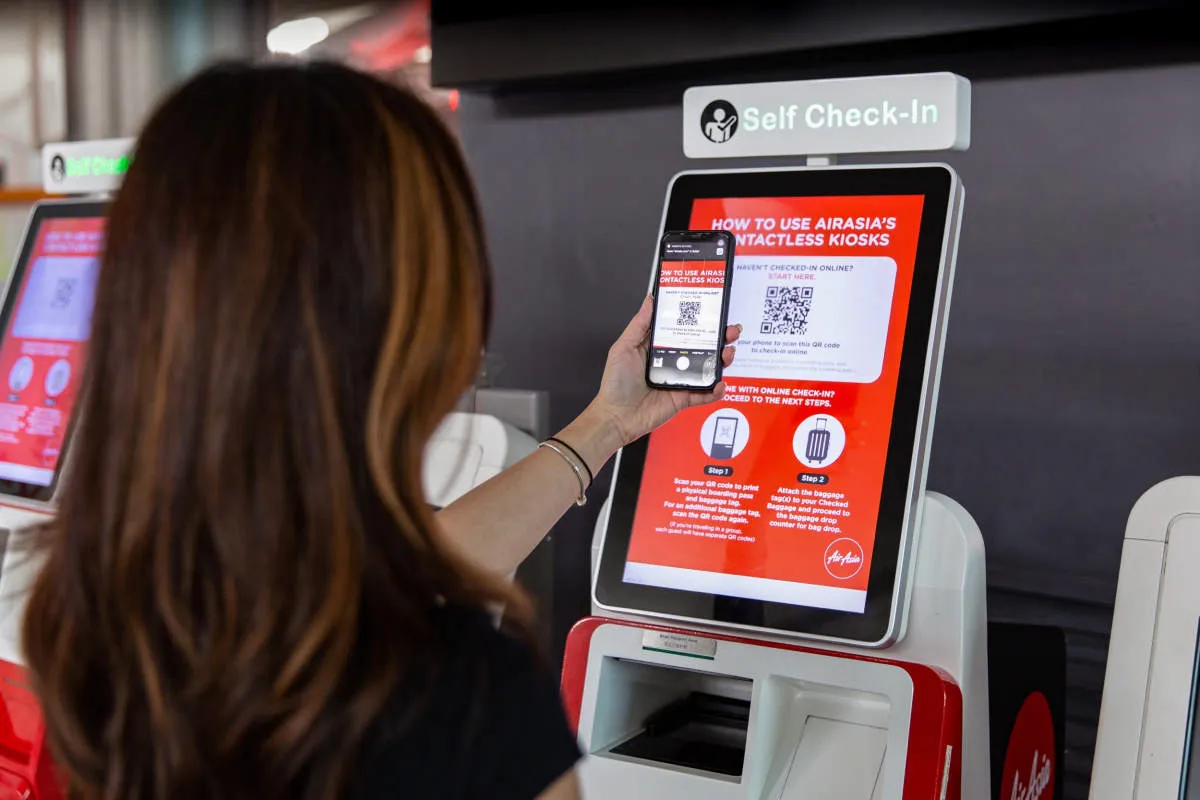
Minimizing physical contact is crucial for safe travel during a pandemic. Thankfully, contactless services have become increasingly prevalent, offering a way to reduce touchpoints and enhance your safety. Here’s how to leverage them:
Online Check-in and Digital Boarding Passes:
Opt for online check-in whenever possible and download your boarding pass to your smartphone or tablet. This eliminates the need for physical contact with airport kiosks or staff.
Mobile Payments:
Embrace mobile payment options like Apple Pay, Google Pay, or contactless credit cards for transactions at airports, hotels, restaurants, and shops. These methods minimize contact with payment terminals and cash handling.
Contactless Food Ordering and Delivery:
Utilize contactless food ordering and delivery services available through apps or hotel websites. This allows you to enjoy meals without face-to-face interactions or physical menus.
Keyless Entry:
Check if your accommodation offers keyless entry systems. These technologies allow you to access your room using your smartphone or a unique code, reducing contact with key cards or staff.
Virtual Concierge Services:
Many hotels now provide virtual concierge services through their apps or websites. Utilize these platforms to request amenities, book services, or ask questions without in-person interaction.
Packing Essentials
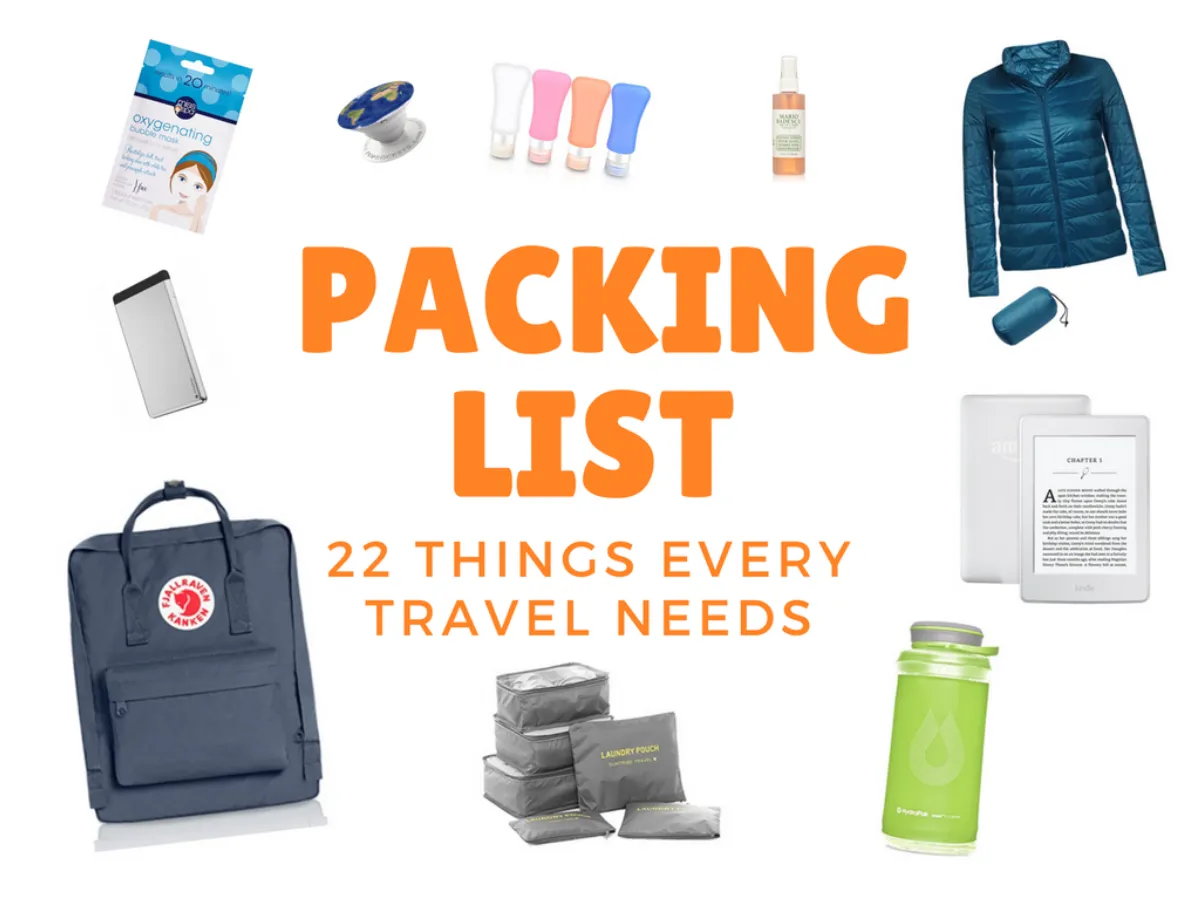
Packing for a trip during a pandemic requires a bit more thought than usual. In addition to your regular essentials, consider these items to help you stay safe and healthy:
Health and Safety Kit:
- Masks: Pack enough for the duration of your trip, plus extras in case some get lost or dirty. Opt for high-quality masks like KN95s or KF94s for better protection.
- Hand Sanitizer: Choose a travel-sized bottle (at least 60% alcohol) and keep it easily accessible for frequent use.
- Disinfectant Wipes: Useful for sanitizing high-touch surfaces like airplane seats, hotel room doorknobs, and restaurant tables.
- Thermometer: A necessity for monitoring your temperature and ensuring you don’t have a fever.
- Medications: Bring any prescription medications in their original packaging, along with a copy of your prescription. It’s also wise to pack over-the-counter medications for common ailments like headaches, fever, or allergies.
Additional Essentials:
- Reusable Water Bottle: Stay hydrated and avoid using public water fountains.
- Snacks: Pack your own snacks to minimize stops at convenience stores or restaurants.
- Ziploc Bags: Useful for storing used masks, separating clean and dirty clothes, or carrying snacks.
- Travel Documents: Make digital copies of your passport, visa, tickets, and other important documents in case of loss or theft. Also, carry any necessary documentation related to COVID-19 testing or vaccination requirements.
Staying Informed About COVID-19
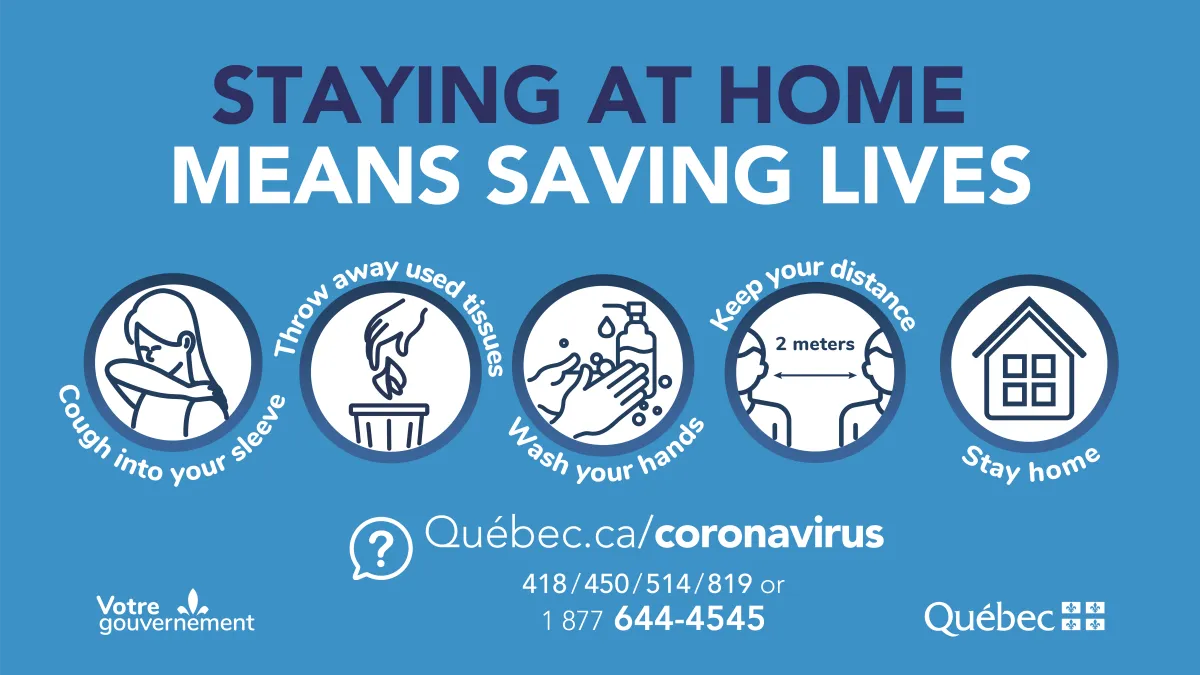
In the ever-evolving landscape of a pandemic, staying informed is paramount to traveling safely. COVID-19 regulations, case numbers, and travel advisories can change rapidly, making it crucial to remain updated before and throughout your trip. Here’s how:
Follow Reputable Sources
- World Health Organization (WHO): The WHO provides comprehensive global updates, travel advice, and health recommendations.
- Centers for Disease Control and Prevention (CDC): For travelers within the US or those departing from the US, the CDC offers detailed guidance, including destination-specific information.
- Local Government Websites: Always check the official websites of your destination country, state, or city for the most up-to-date regulations, restrictions, and health advisories.
Sign up for Alerts
Many countries and organizations offer email or SMS alerts for travel advisories, health updates, and changes in regulations. Sign up for these notifications to stay ahead of any potential disruptions.
Check Before You Go – and During Your Trip
Information can change quickly. Don’t rely solely on information gathered weeks in advance. Re-confirm travel requirements, testing policies, and any quarantine mandates a few days before your departure and again during your trip if there are any developments or concerns.
Tips for Air Travel
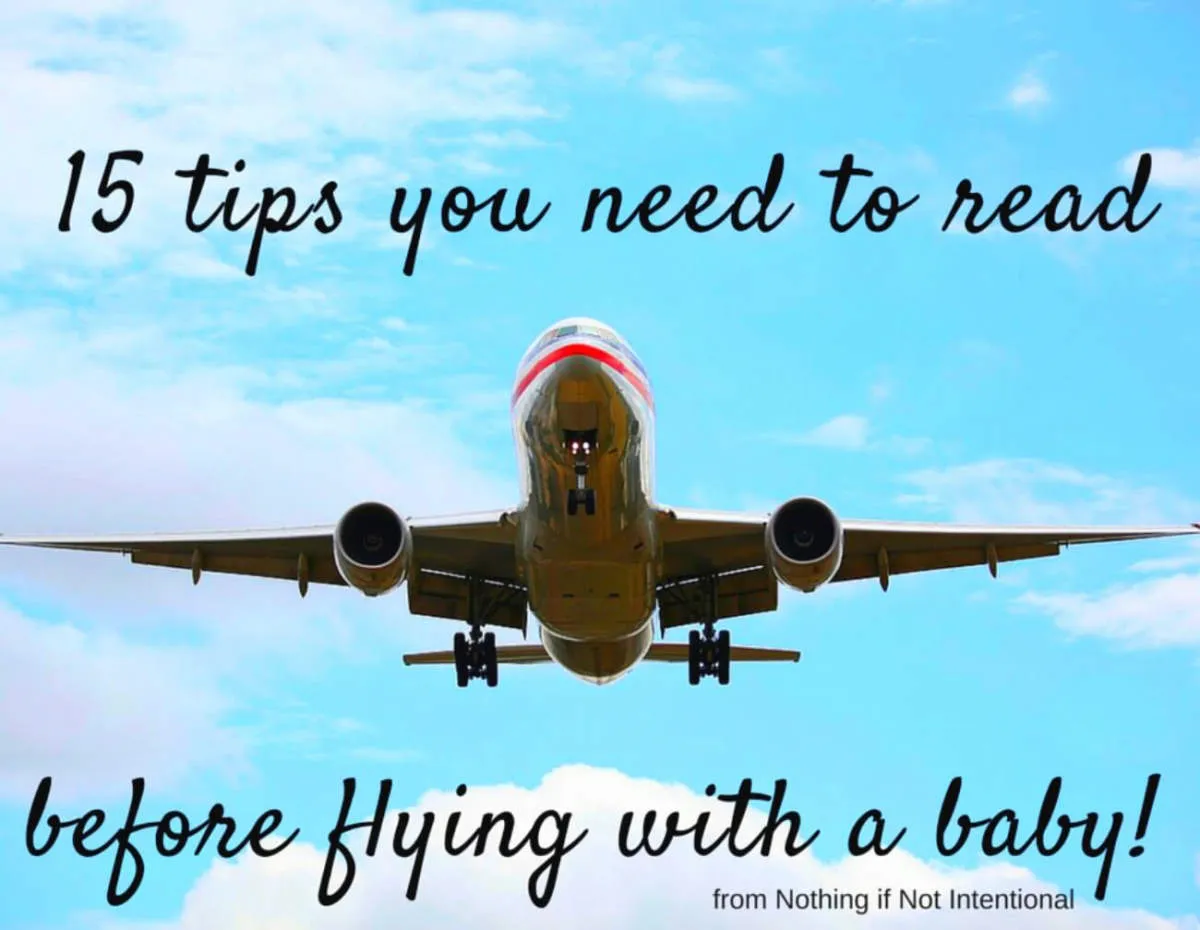
Traveling by air during a pandemic requires extra precautions. Here are some tips to help you stay safe:
Before Your Flight:
- Check travel restrictions. Visit the websites of your departure and arrival airports, as well as any relevant government websites, for the latest travel advisories and restrictions.
- Choose direct flights whenever possible. This reduces your exposure to potentially crowded areas and minimizes the risk of delays or cancellations.
- Opt for touchless check-in and boarding. Use mobile boarding passes and check your bags online to minimize physical contact.
- Pack plenty of masks and hand sanitizer. Make sure you have an adequate supply of face masks, hand sanitizer, and disinfectant wipes for the duration of your journey.
At the Airport:
- Practice physical distancing. Maintain a safe distance from other travelers, especially in crowded areas like security lines and boarding gates.
- Wash your hands frequently. Wash your hands thoroughly with soap and water for at least 20 seconds, or use hand sanitizer with at least 60% alcohol.
- Avoid touching your face. Be mindful of touching your eyes, nose, and mouth, as this can spread germs.
- Consider wearing a face shield. While not mandatory, a face shield can provide an extra layer of protection, especially in crowded areas.
During Your Flight:
- Wear your mask at all times. Masks are typically mandatory on flights. Make sure your mask covers your nose and mouth snugly.
- Minimize movement around the cabin. Stay in your assigned seat as much as possible to reduce the spread of germs.
- Use hand sanitizer frequently. Sanitize your hands after touching any shared surfaces, such as tray tables, armrests, or entertainment screens.
- Stay hydrated. Drink plenty of water to stay hydrated during your flight.
What to Do If You Get Sick
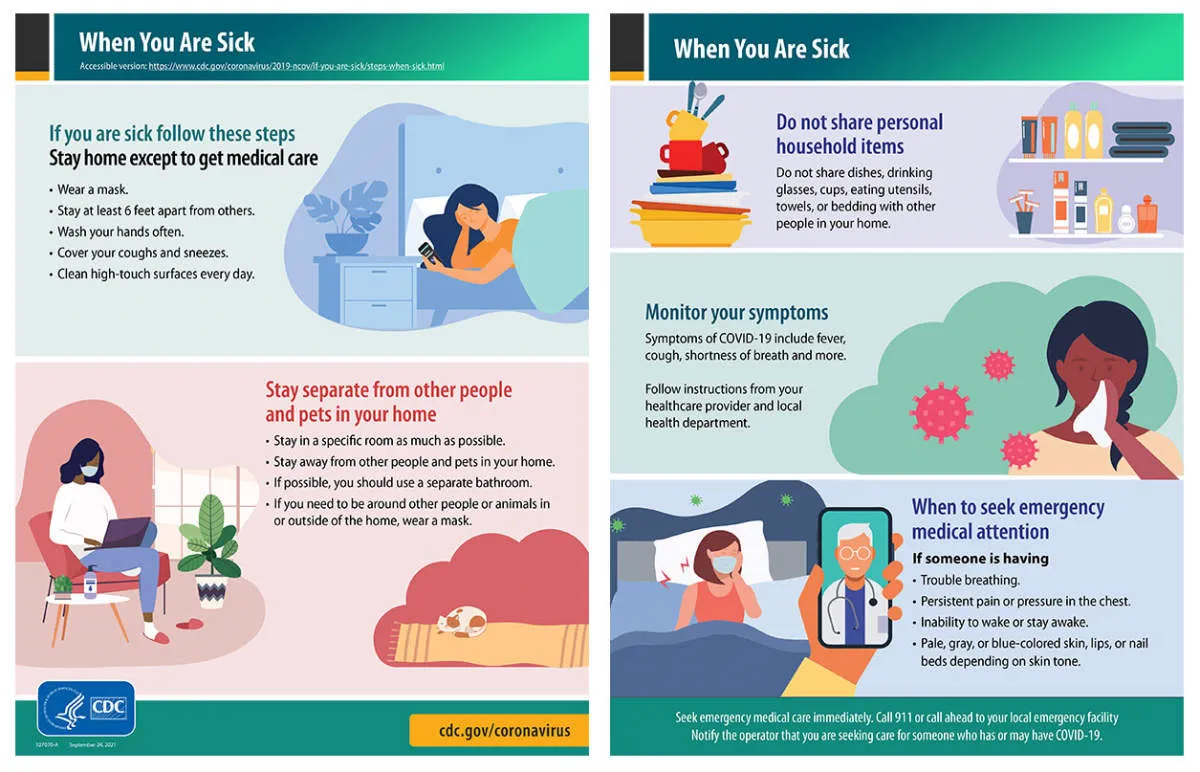
Even with the best-laid plans, there’s a chance you could fall ill during your travels. If you experience COVID-19 symptoms or suspect you’ve been exposed:
- Isolate immediately. Find a safe place to separate yourself from others, ideally a separate room or accommodation.
- Get tested. Locate the nearest testing facility or order a self-test kit if available.
- Contact your healthcare provider. Seek guidance on managing your symptoms and potential treatment options.
- Inform your close contacts. Let anyone you’ve been in close proximity to know about your potential exposure so they can take necessary precautions.
- Follow local guidelines. Adhere to all quarantine or isolation recommendations provided by local authorities.
- Reschedule travel plans. Do not travel further until you have completed the recommended isolation period and are no longer contagious.
Conclusion
Traveling during a pandemic requires extra caution and preparation. By following safety guidelines, staying informed, and being flexible, you can minimize risks and enjoy your travels responsibly.

